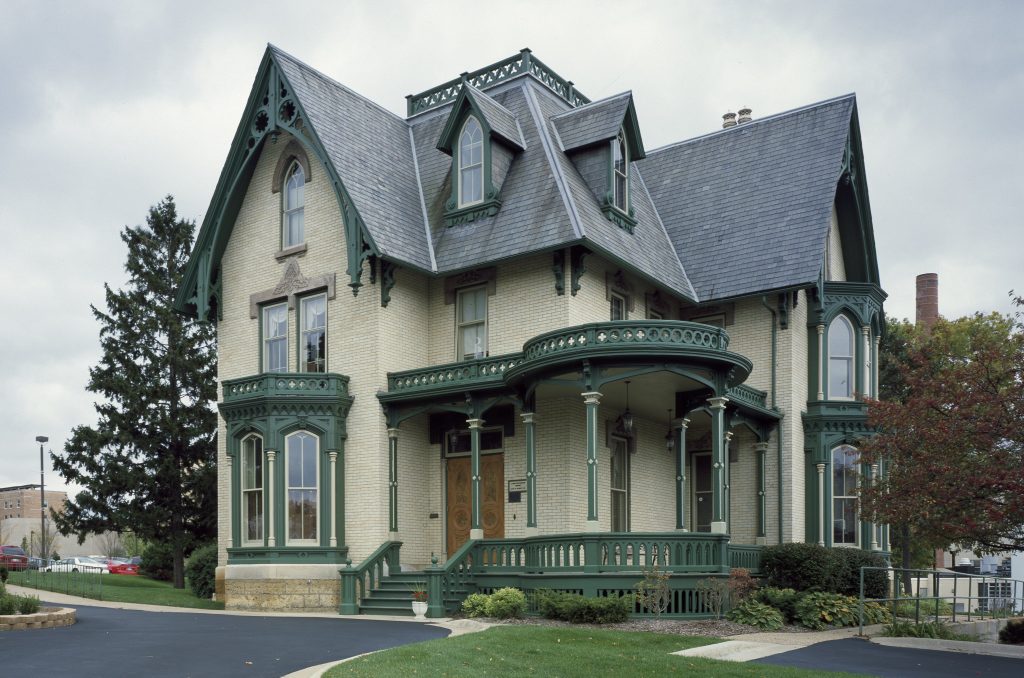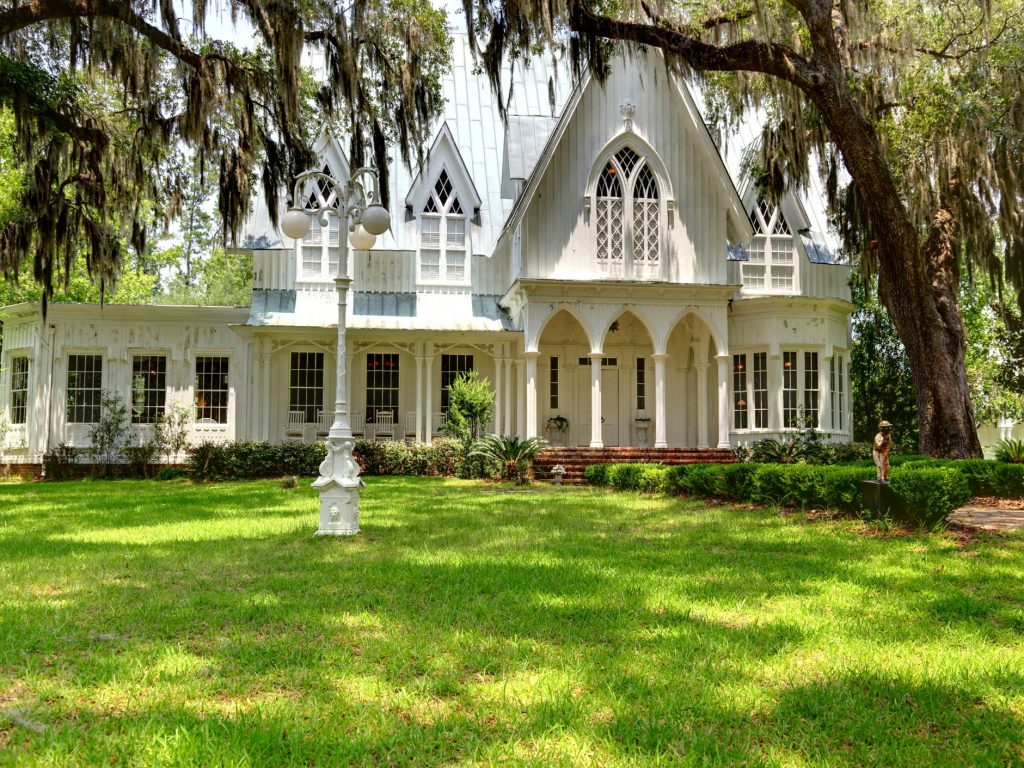Gothic architecture has its roots in the eighteenth century and reached its zenith in the nineteenth century in England. This style quickly spread throughout the British Empire and North America and was used for country houses, mansions, churches, universities, and public buildings. Some examples of this style are the St. John the Divine Cathedral in New York City, and St. Edmundsbury Cathedral in England.
Jigsaw Gothic
Often called the Gothic Revival style, Jigsaw Gothic architecture was first built in the Northeast of the United States. Its distinctive look is characterized by elaborate vergeboarding, pointed gables, ogee arches, and pyramidal roof. Its distinctive features are also known by other names, including Victorian Gothic, Neo-Gothic, and Victorian Gothic.
Carpenter Gothic
Carpenter Gothic architecture, also known as Rural Gothic or Carpenter’s Gothic, is a type of Gothic Revival architecture used in the construction of wooden structures. These houses were often built by house-carpenters and use Gothic Revival architectural details and massing.

St. Peter’s in Erindale
One of the highlights of the St. Peter’s Cathedral is the spectacular stained glass windows. These windows are incredibly intricate and require several visits to appreciate their richness and details. The glass used for these windows is primarily English, and most of the windows date from the fourteenth and fifteenth centuries.
Ashridge Park
Ashridge House is a Grade I listed building and its gardens are owned by the National Trust. The house and its gardens are popular with visitors. It is also used as a conference and wedding venue and a business school. The house is open for public tours during non-term times.
Ashridge Park by Horace Walpole

A Gothic architecture house is a house designed by an architect who plagiarized the principles of medieval architecture. Inigo Jones, the architect of Strawberry Hill in Twickenham, London, had also incorporated Gothic elements into his design. His Strawberry Hill mock castle was a forerunner to Victorian town halls, churches, and railway stations. He was also the author of the first Gothic novel, The Castle of Otranto (1764).
Ashridge Park by James Wyatt
The Gothic architecture house Ashridge Park by James Wytt was one of the last works of the famous architect during the Gothic Revival period. Its central tower, completely occupied by a stairwell and enclosed by a fan vault, was built to be overwhelming and to mimic medieval cathedrals.

